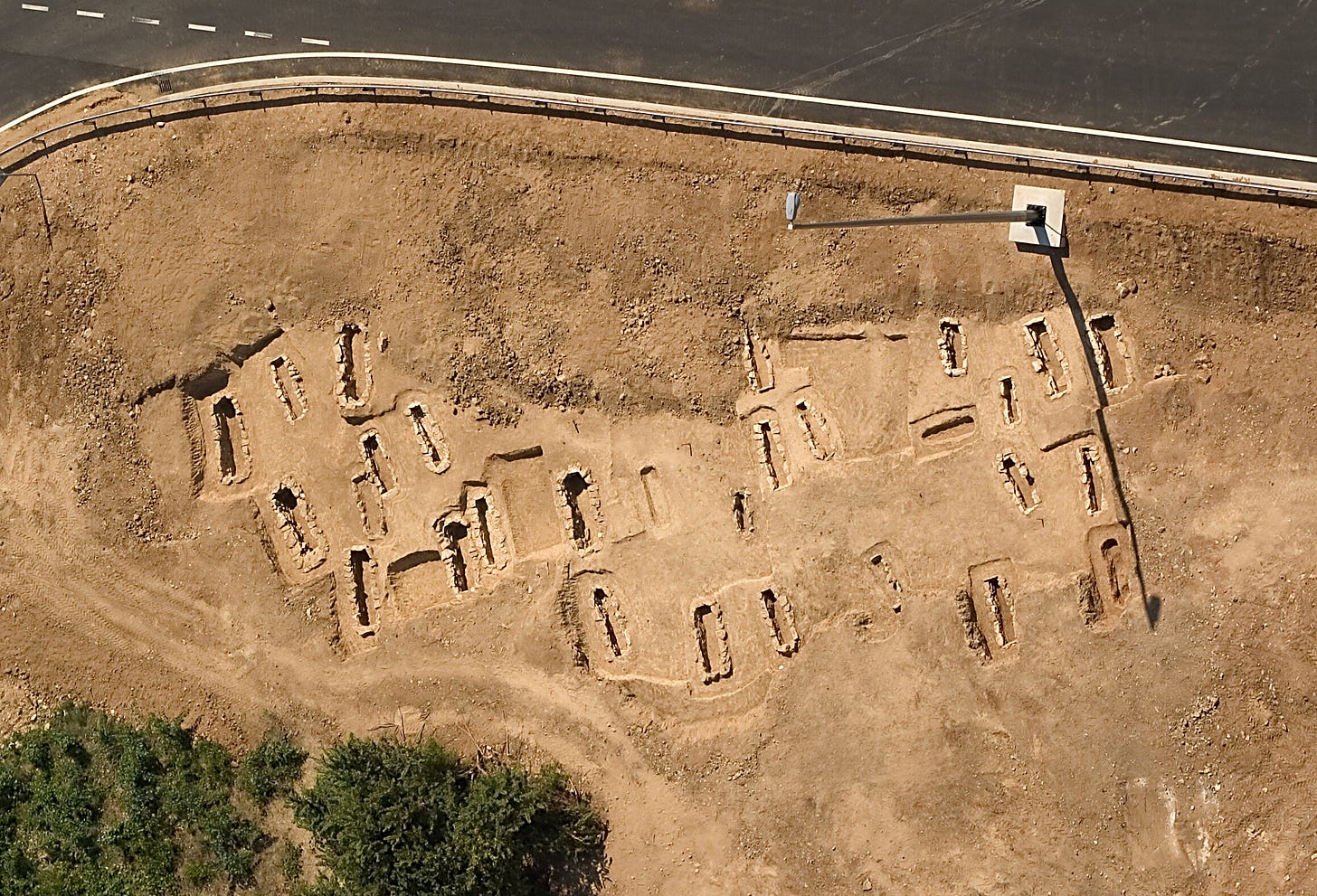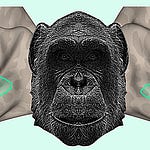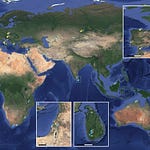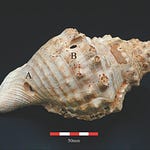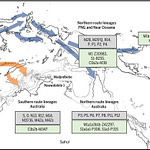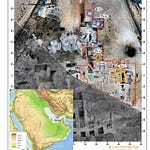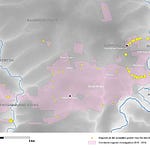In the sixth century CE, Slavic groups began to appear in the written accounts of Byzantine chroniclers. Within a few generations, they spread across a vast region from the Elbe to the Volga, and from the Baltic to the Balkans. Yet for centuries, historians and archaeologists puzzled over a basic question: did the spread of Slavic culture reflect the movement of people, or simply the diffusion of language and traditions among existing populations?
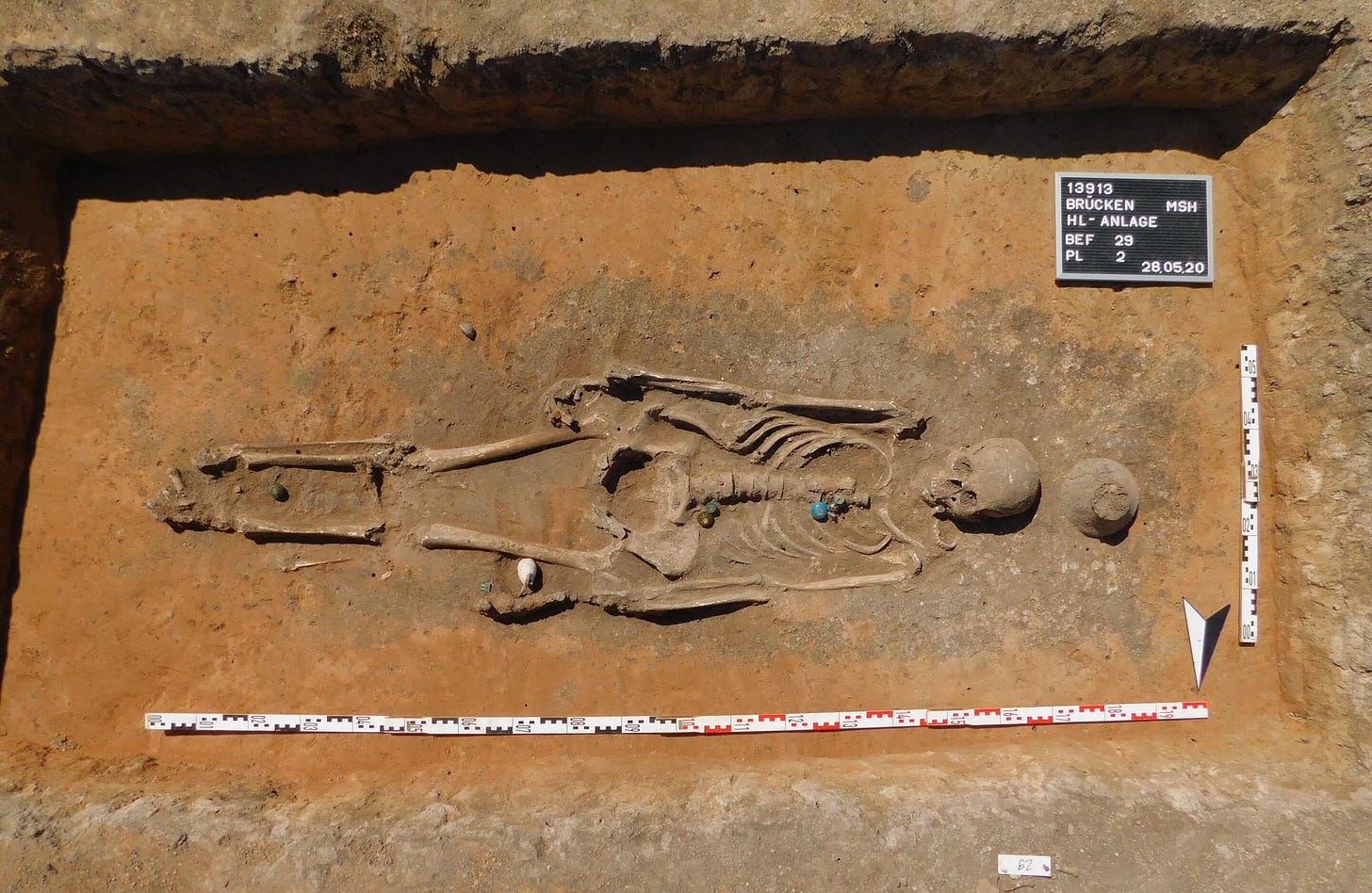
Two major genomic studies now bring clarity to this debate. A team led by Joscha Gretzinger and colleagues, writing in Nature1, analyzed genome-wide data from 555 ancient individuals across Central and Eastern Europe. Meanwhile, another study by Ilektra Schulz and co-authors in Genome Biology2 focused on 18 individuals from South Moravia, a region that later became the heartland of the ninth-century Moravian principality. Together, the findings paint a detailed picture of how large-scale migration shaped Europe’s genetic and cultural landscape during the Early Middle Ages.
The Scale of Movement
The genetic evidence shows that beginning in the sixth century, populations carrying ancestry from eastern Europe—particularly areas around present-day Belarus and Ukraine—moved westward and southward. This was no trickle. In regions such as eastern Germany, Poland, and Croatia, more than 80 percent of the local gene pool was replaced during this period.
In South Moravia, the data tell a similar story. Individuals from the fifth century carried a wide spectrum of ancestries, from Mediterranean to Scandinavian. But by the seventh century, this diversity gave way to a more homogeneous profile closely resembling modern Slavic-speaking populations. As Schulz and colleagues note, the results are “incompatible with theories of strict local continuity,” supporting instead the arrival of new populations linked to the Prague-Korchak cultural horizon.
Social Worlds in Transition
This genetic transformation was not accompanied by the kind of empire-building often associated with migration in antiquity. Instead, archaeogenetic and archaeological evidence suggests that early Slavic communities were built around flexible kinship networks and local alliances. In eastern Germany, new extended family groups became the backbone of society, organized around patrilineal descent. In the Balkans, by contrast, migrants mixed with local populations, producing hybrid communities where old and new traditions persisted side by side.
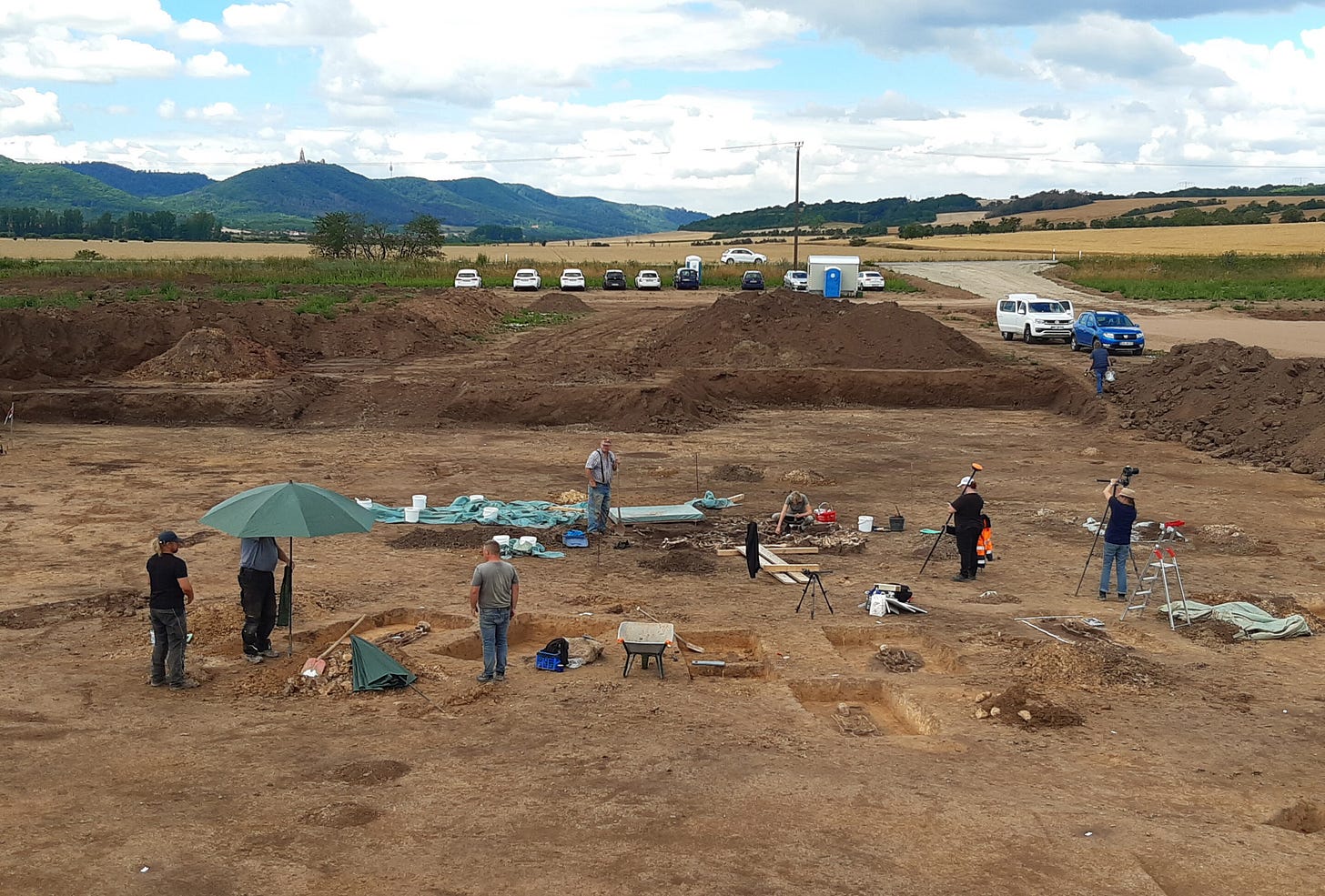
These findings help explain why early Slavic communities left such modest archaeological signatures—small villages, handmade pottery, and cremation burials. Their strength may have lain not in imposing dominance but in adaptability. As medievalist Walter Pohl puts it, the Slavic migrations resembled,
“a demic diffusion or grass-root movement, often in small groups or temporary alliances, settling new territories without imposing a fixed identity or elite structures.”
Continuities and Legacies
One of the most striking outcomes of these studies is the persistence of early medieval Slavic ancestry into the present day. Among the Sorbs, a Slavic-speaking minority in eastern Germany, genetic profiles remain closely aligned with the populations that settled the region over a millennium ago. In Poland, the genetic shift of the sixth and seventh centuries laid the foundation for the ancestry of modern Poles, Ukrainians, and Belarusians.
At the same time, regional variation remained the norm. In Croatia, for example, Slavic-related ancestry makes up only part of the modern gene pool, reflecting a long history of intermarriage with diverse local groups. In Moravia, genetic continuity from the seventh century onward suggests that once established, Slavic communities remained relatively stable, forming the basis for later political entities such as the Moravian principality.
A Different Kind of Migration Story
The genomic evidence reframes the Slavic expansion not as a story of conquest, but as one of demographic transformation. Entire families moved together, women and men contributing equally to the gene pool. Rather than replacing local elites, early Slavs integrated with them in some regions, or built new communities where space was available in others. Their success lay in flexibility and resilience during a period of political fragmentation and ecological stress.
As Johannes Krause of the Max Planck Institute for Evolutionary Anthropology observes,
“The spread of the Slavs was likely the last demographic event of continental scale to permanently and fundamentally reshape both the genetic and linguistic landscape of Europe.”
Related Research
Other archaeogenetic work complements these findings:
Mathieson, I., et al. (2018). The genomic history of southeastern Europe. Nature, 555, 197–203. https://doi.org/10.1038/nature25778
Veeramah, K. R., et al. (2018). Population genomic analysis of elongated skulls reveals extensive female-biased immigration in Early Medieval Bavaria. PNAS, 115(13), 3494–3499. https://doi.org/10.1073/pnas.1719880115
Järve, M., et al. (2023). Genetic continuity, isolation, and local adaptation in the people of the eastern Baltic. Current Biology, 33(4), 739–751. https://doi.org/10.1016/j.cub.2022.12.028
Together with the new research, these studies highlight how movements of people, not just ideas, profoundly shaped the genetic and cultural map of Europe.
Gretzinger, J., Biermann, F., Mager, H., King, B., Zlámalová, D., Traverso, L., Gnecchi Ruscone, G. A., Peltola, S., Salmela, E., Neumann, G. U., Radzeviciute, R., Ingrová, P., Liwoch, R., Wronka, I., Jurić, R., Hyrchała, A., Niezabitowska-Wiśniewska, B., Bartecki, B., Borowska, B., … Krause, J. (2025). Ancient DNA connects large-scale migration with the spread of Slavs. Nature. https://doi.org/10.1038/s41586-025-09437-6
Schulz, I., Zlámalová, D., Reyna-Blanco, C. S., Morris, S., Gnecchi-Ruscone, G. A., Eckel, R., Přichystalová, R., Ingrová, P., Dresler, P., Traverso, L., Hellenthal, G., Macháček, J., Wegmann, D., & Hofmanová, Z. (2025). Ancient genomes provide evidence of demographic shift to Slavic-associated groups in Moravia. Genome Biology, 26(1). https://doi.org/10.1186/s13059-025-03700-9


